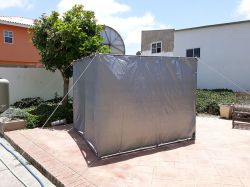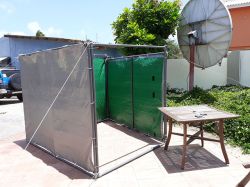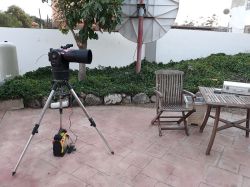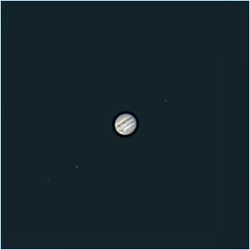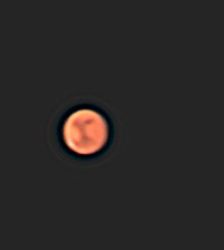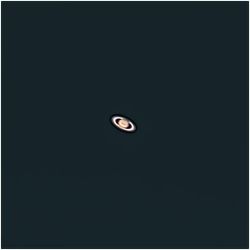 After several years of not attending this hobby I decided to give it another chance. No longer a member of the Curaçao Astronomy club because I found their observation sessions turning more and more into social entertainment sessions than serious stargazing, my goal is to restart my astronomy hobby primarily at home.
After several years of not attending this hobby I decided to give it another chance. No longer a member of the Curaçao Astronomy club because I found their observation sessions turning more and more into social entertainment sessions than serious stargazing, my goal is to restart my astronomy hobby primarily at home.
But first I had to find out if my telescopes are still in working condition after many years of not being used. So I checked both of them during daytime. The Meade ETX-125 gave me a lot of problems. It didn't start consistently; especially the hand controller seemed unreliable. So I ordered a replacement hand controller. That didnt solve it completely because still sometimes the scope didn't start up. Apparently during the past years the connectors in the power panel on the scope are eroded till they are no longer reliably functioning. I cleaned them up as good as possible and that seems to solve the problem most of the time. But to be on the safe side I ordered also a replacement for this power panel. That didnt arrive yet.
After solving the initial problems I decided to take the scope out for a first real trial. That became a fiasco. After aligning the scope the goto resulted in the scope being far off. Also the guiding was not accurate. After searching the Internet I decided that I had to train the scope with the new hand controller. That solved these problems indeed.
The next problem was the light pollution and the strong wind. So I decided to build a observation hut from PVC pipe and tarps. I found a very informative article about such a hut on Instructables.com. I slightly changed the design. After several trials outside I got it sufficiently strong and rigged to keep it in place with the strong winds that we experience in Curaçao.
On August 10, 2018 the real test came. I wanted to take pictures from the moon and visible planets with my old Meade DSI. A reasonably cheap and currently outdated imager. Its resolution is only 510x492 pixels which translates into 1/4 Megapixels. The pixel size is also quite large which improves the sensitivity but gives also a less detailed image.
After aligning the telescope the photography session started. The conditions were not too good. There was a lot of wind even inside the observation hut. But it had to do.
I took several runs on Jupiter, Saturn and Mars. The software that came with the imager aligns and stacks the images during the session and shows the result. I also saved all the images from the imager in a separate directory for later processing. The results from the imager software looked not very promissing.
The next day I started processing the images myself. The software saves every image as a TIFF-file. Registax, the program that I wanted to use for aligning and stacking is unable to work with TIFF-files, so I first processed them in PIPP; that program accepts a directory full of TIFF files and processes these into an AVI-movie; during the processing the images are aligned and the quality of each picture is determined. I kept the best 75% of the pictures.
The resulting AVI-movie was further processed in Registax; aligning was easy because of the preprocessing in PIPP. After stacking the best images into 1 I continued with wavelet-processing in Registax to enhance the details. The last step was some processing in Photoshop using curves to improve the color balance and contrast, using sharpening to further improve on the details and then I enlarged the image 150%. The results are shown in the gallery. In my opinion not bad for this telescope and this imager but decide for yourself.
